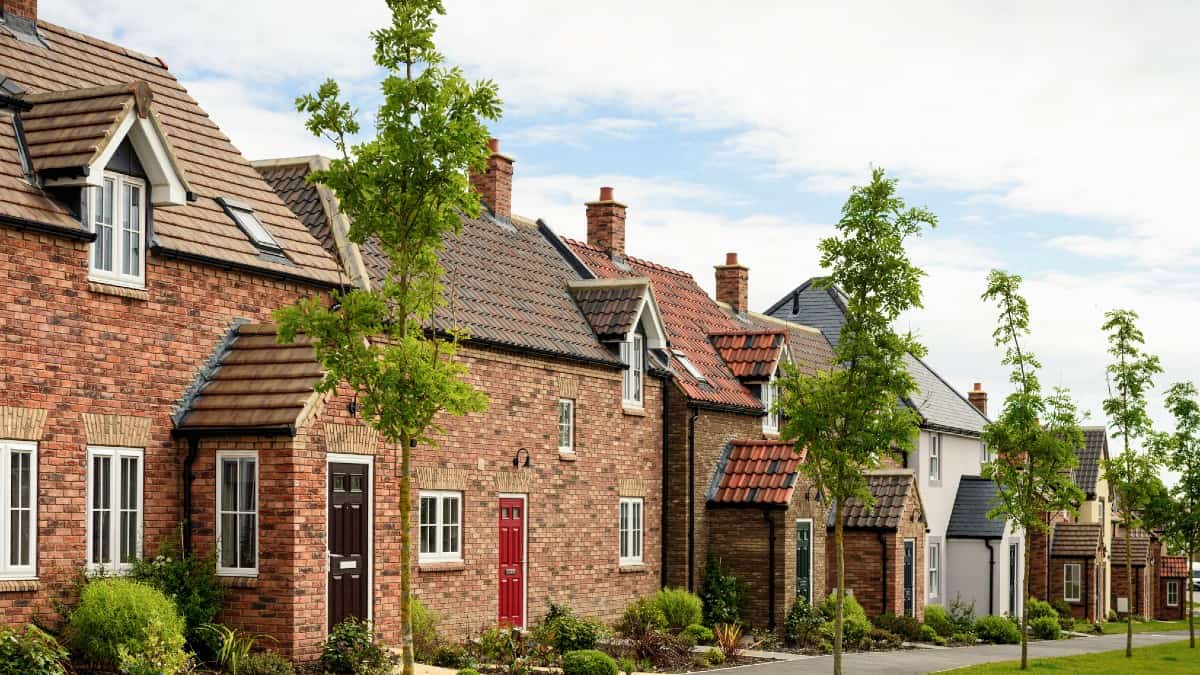If you are thinking about buying a home, working out what you can afford is not the only choice you’ll have to make. Want to know what the difference is between a leasehold and a freehold? This article has it covered.
What is the basic definition?
There are two main types of legal property ownership in the UK.
Leasehold
This is a type of property ownership that gives you the right to occupy the property for a fixed period of time. Typical lease terms are 99 years, 125 years or even 999 years.
Leaseholders are legally bound by terms and conditions that are laid out in a lease. The lease document will outline information such as the period of time the lease covers. Further information is available on the gov.uk website.
Freehold
This type of property ownership means you have outright ownership of the property and the land upon which the property was built.
[top_pitch]
What are the main features of a leasehold?
Important leasehold features can vary depending on the lease.
Type
Leaseholds are typically flats and maisonettes. There are some leasehold houses, but these are not as common.
Rights
When you buy a leasehold property, you are buying the lease, giving you the right to live there for the lease term. The lease can go up in value in line with property prices, and you can sell it on for a profit.
Ownership and control
This is one of the main differences between a leaseholder and a freeholder. Leaseholders do not own the land on which the property was built. The land is owned by a landlord (or a freeholder).
The landlord typically controls the overall structure of the building, and all shared parts of the building, such as lifts and stairs.
Responsibility
As a leaseholder, you are responsible for the internal structure of your home. This includes the internal plumbing, wiring, plasterboard and floorboards. You are not allowed to alter any part of the building’s exterior without permission from the landlord.
Charges
Leaseholders are responsible for paying the following charges in accordance with the terms set out in the lease:
- Ground rent: This is a rental charge paid to the landlord. Essentially, this is the charge for renting the land.
- Service charge: This is a fee paid to maintain the building. It can include keeping the hallways and windows clean, general repairs and insurance.
- Estate charge: This is to maintain the grounds. Services can include gardening and litter picking.
What about freeholds?
Most freehold properties are houses, but some flats are sold with a ‘share of the freehold’. This type of flat tends to form part of a house.
If you are a freeholder, you own the property and the land. You can make alterations to the interior and exterior of the property without consultation (in line with planning regulations). You are responsible for the condition of your property and the land.
What are the advantages and disadvantages?
There are advantages and disadvantages with respect to both types. This is dependent on the main differences between a leasehold and a freehold. This will also depend on what homeownership means to you.
Costs and charges
Generally, the initial cost of a leasehold property tends to be lower than a freehold equivalent. But, if you are thinking about buying a leasehold property, you will need to factor in the ongoing charges.
These charges can increase over time, so you will need to check the lease. Also bear in mind that due to legal complexities, the legal fees associated with buying a leasehold property tend to be higher.
Responsibility
If you would rather have complete autonomy over your home, then a freehold would suit you better. You will have complete control over any alterations you want to make within legal planning limitations. You can also seek out your own contractors to do the work for you at the best price.
Homeowners that would rather hand over decisions about the exterior to a landlord would be better suited to a leasehold.
Benefits
Leaseholders will not benefit from any increase in the value of the land, but freeholders do. However, a leaseholder will benefit from an increase in the value of the lease.
[middle_pitch]
Take home
If you are thinking about buying a property, make sure you understand your rights before signing any agreement. Make sure you understand the main differences between a leasehold and a freehold.
If you are buying a leasehold property, it may be worth asking for a copy of the lease before signing an agreement. It is also worth seeking legal advice.
For further information, check out our article on your rights with a leasehold property.







